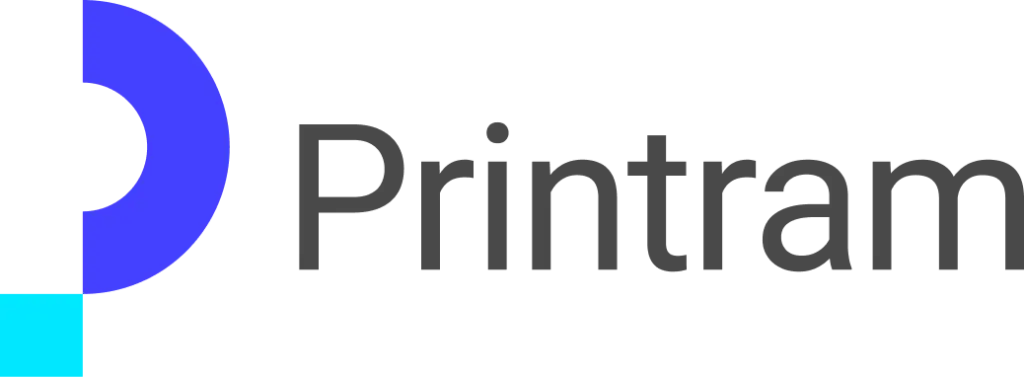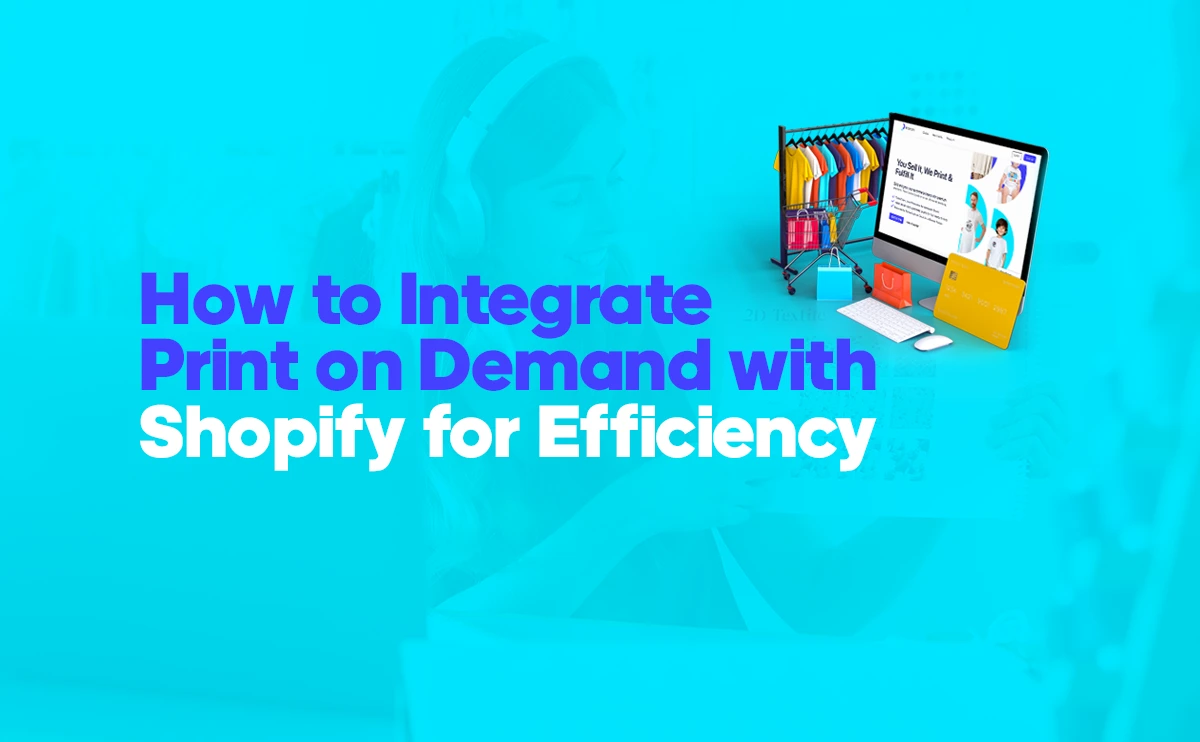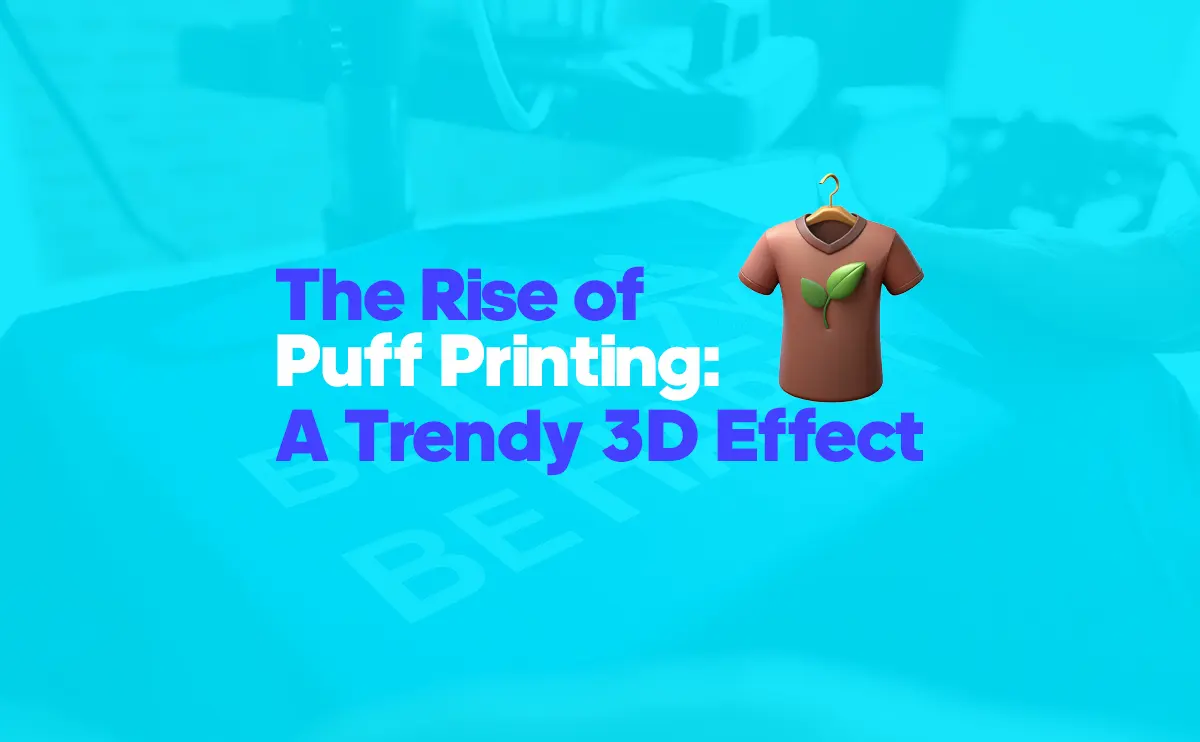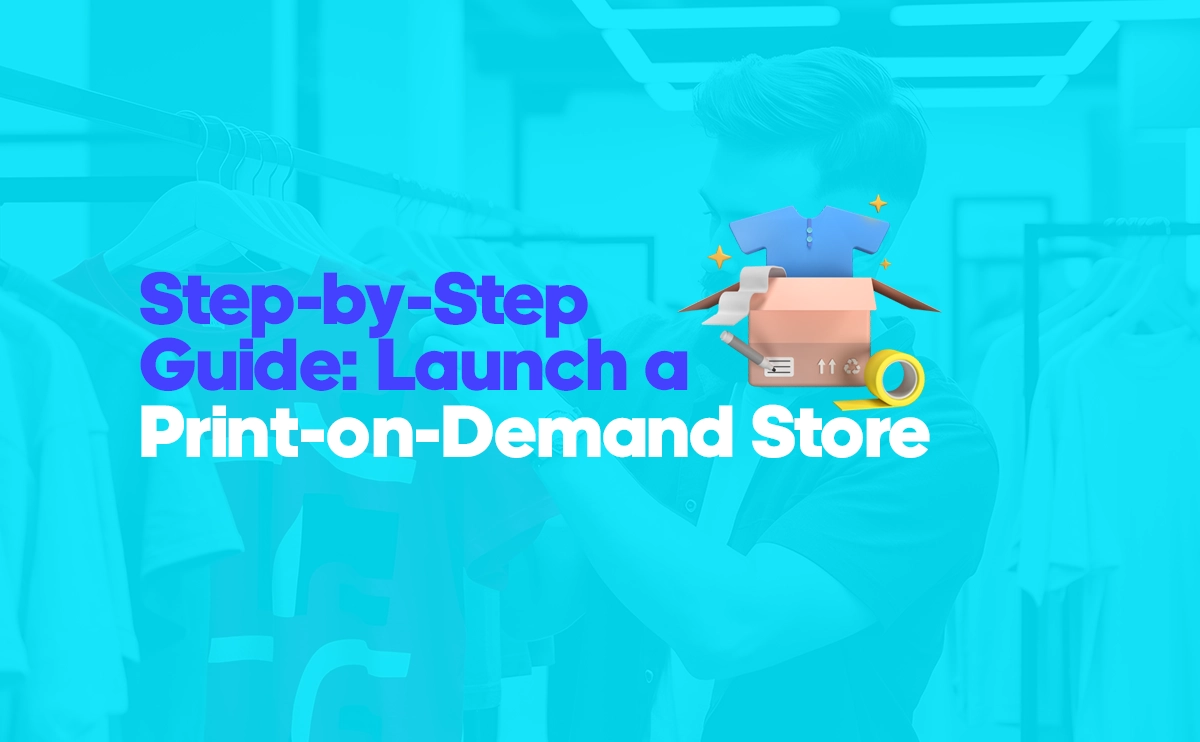Having excellent designs is not sufficient to create a successful online store; you also need to possess a streamlined operation that saves time and effort. Pairing print on demand with Shopify is a powerful combination that helps you create an efficient and scalable business. With the correct tools and methodologies, you can automate your process, reduce manual operations, and focus on developing your brand. This tutorial will guide you through the steps needed to a successful Shopify print on demand setup so your business will be running smoothly from your very first sale.
Choosing the Right Print on Demand App
The very first and perhaps most critical step within a Shopify print on demand setup is to select a safe and feature packed print on demand app. Shopify App Store contains numerous apps, each of which possesses its own merits. Your choice will instantly impact the products you can sell, your margins, and your general customer experience. While evaluating the best Shopify POD apps, consider such factors as product variety, print quality, shipping and cost, and customer service. There are apps that offer a wide range of customizable products to sell, from apparel to home decor, while others are concentrated on specific products. The app that accommodates your brand, and more importantly, your target audience in mind, is the one that best captures your imagination and requires. An effective POD Shopify guide will never shy away from emphasizing how much this first decision matters as it sets the basis for your business.

The benefits of POD are even amplified when there is a smooth integration. The best Shopify POD apps automate the order fulfillment process entirely. When someone places an order in your print on demand Shopify store, the app will automatically send the order details to the print provider. They handle everything from printing the image on the product to wrapping and sending it directly to the client. This hands off approach is one of the principal reasons many business owners choose POD for eCommerce. It simply implies that you are able to offer custom products to sell without ever touching an item of stock.
Setting Up Your Shopify Store for Print on Demand
Having chosen your app, the next step is to prepare your store. A successful Shopify POD business setup is not merely the addition of an app. You need to have an online presence that is professional, trustworthy, and easy to use for customers. Start with choosing a theme that is attractive and responsive, thus will look well on desktops and mobiles. Customize the theme to convey your brand identity with your logo, brand color, and high quality banners. A well-designed Shopify store for print on demand makes a strong first impression and builds confidence with your customers.
Once the look and feel are decided, you will need to import the products from the POD app that you have chosen. The Shopify business setup for print on demand is seamless, and you can import the products directly from the app to your store. Spend time writing gorgeous product descriptions that are informative and interesting. Make gorgeous mockups using your designs that show your custom products to sell in the best possible way. This is how to set up POD on Shopify for optimum impact. Think about showing your products in such a way that they cannot be resisted by your target market. This is a vital step in order to maximize Shopify POD and ensure your product listings are conversion oriented.

Optimizing Your Workflow and Automation
The true magic behind blending print on demand with Shopify happens when it can automate. An efficient Shopify print on demand setup is built upon the foundation of automation. Once you have listed your products and connected them to the app, you can sit back and let the system do the work for you. Inventory management and order shipping are handled by the apps. You will not need to click “update stock” or notify the print provider to send a new order. It is all handled by the system, from the customer’s click on “buy” to the package being shipped. This level of automation is a large part of the benefit of POD.
Aside from the basic order process, you can automate Shopify POD further by automating other aspects of your business. Take advantage of the in-built features of Shopify and other apps to automate email marketing campaigns, customer service response, and social media updates. As an example, you can automate sequences of emails to thank the customer after the purchase, notify about shipping status, and even ask for a review when it reaches the customer’s doorstep. This enhances customer experience while enabling you to save additional time. This POD Shopify integration guide proves that the objective is to possess an oil machine without much daily maintenance.
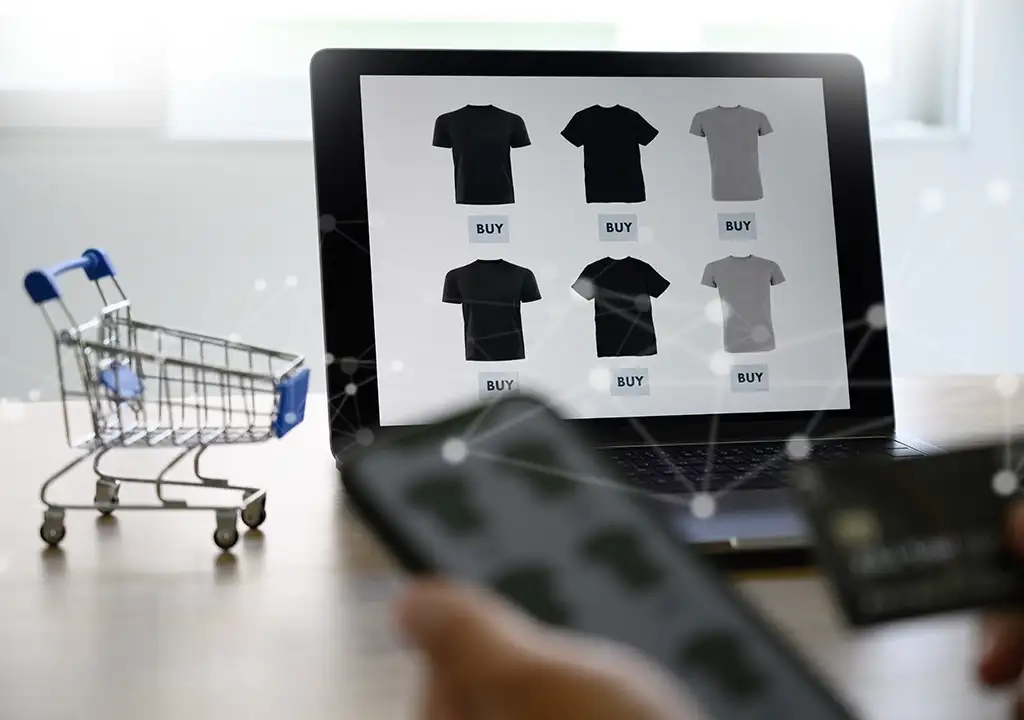
Marketing and Scaling Your Print on Demand with Shopify Store
A streamlined setup allows you to dedicate more time to what really matters: marketing and growing your business. A well optimized print on demand Shopify store and workflow are wonderful, but they are not going to make you sales. Now it is time to create a solid marketing plan. Leverage social media platforms to highlight your custom products for sale, create compelling content, and engage your audience. Think about running paid advertising campaigns so that you can reach a wider pool of customers. The low risk nature of selling through print on demand with Shopify is that you can try out different marketing channels without spending a lot of money.
As your business grows, so too can your lines of products. Because you do not have any inventory, it is simple to bring in new designs and products without risk. This is just one of the many benefits of POD. You can respond to market fluctuations and customer demand by quickly designing and uploading new products. To be successful as a Shopify print on demand store is to constantly evolve and transform. With this guide, you can not only get your Shopify print on demand store set up properly but make sure that it is well placed for future growth and success in the ever changing landscape of POD for eCommerce.
